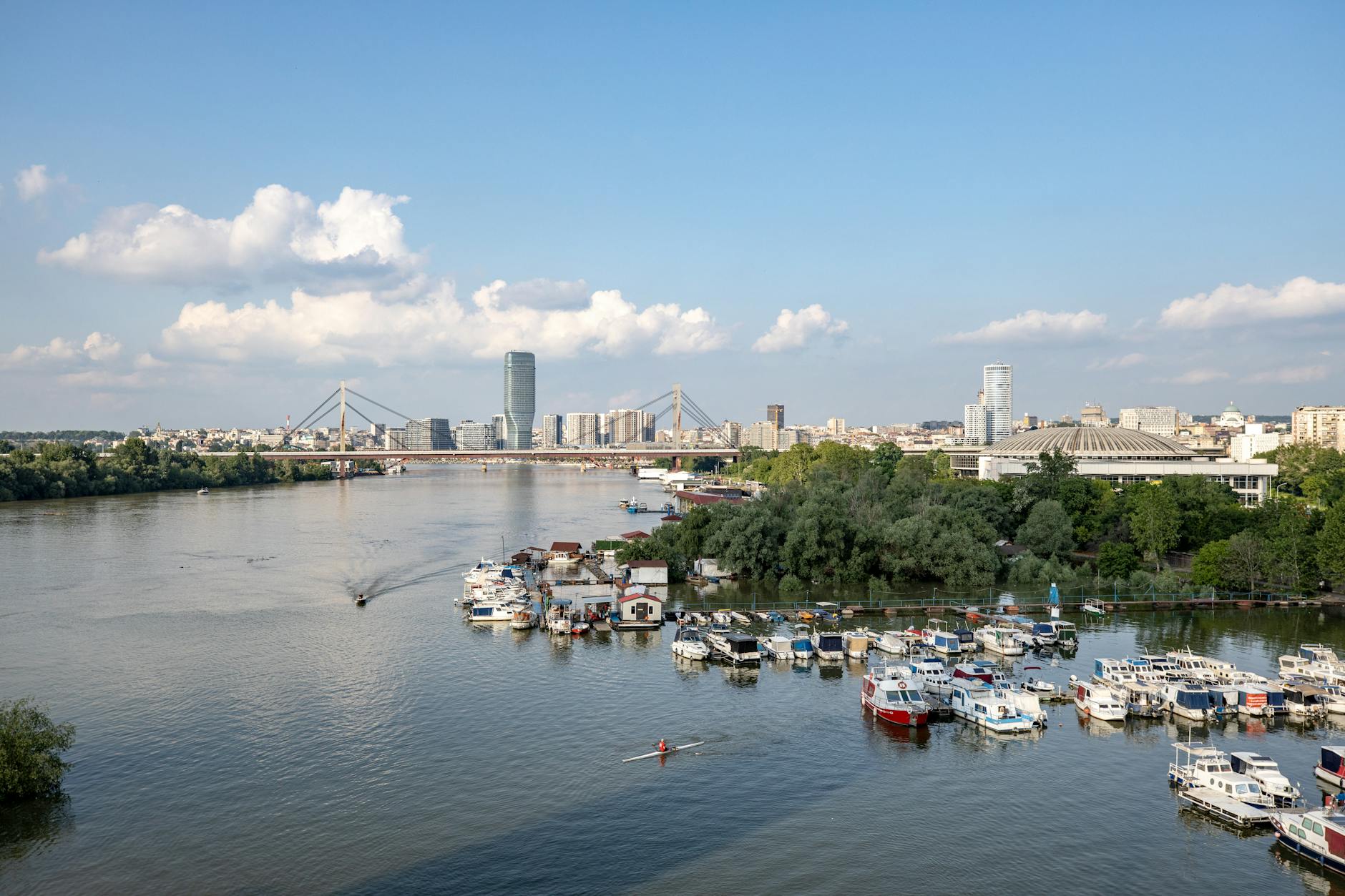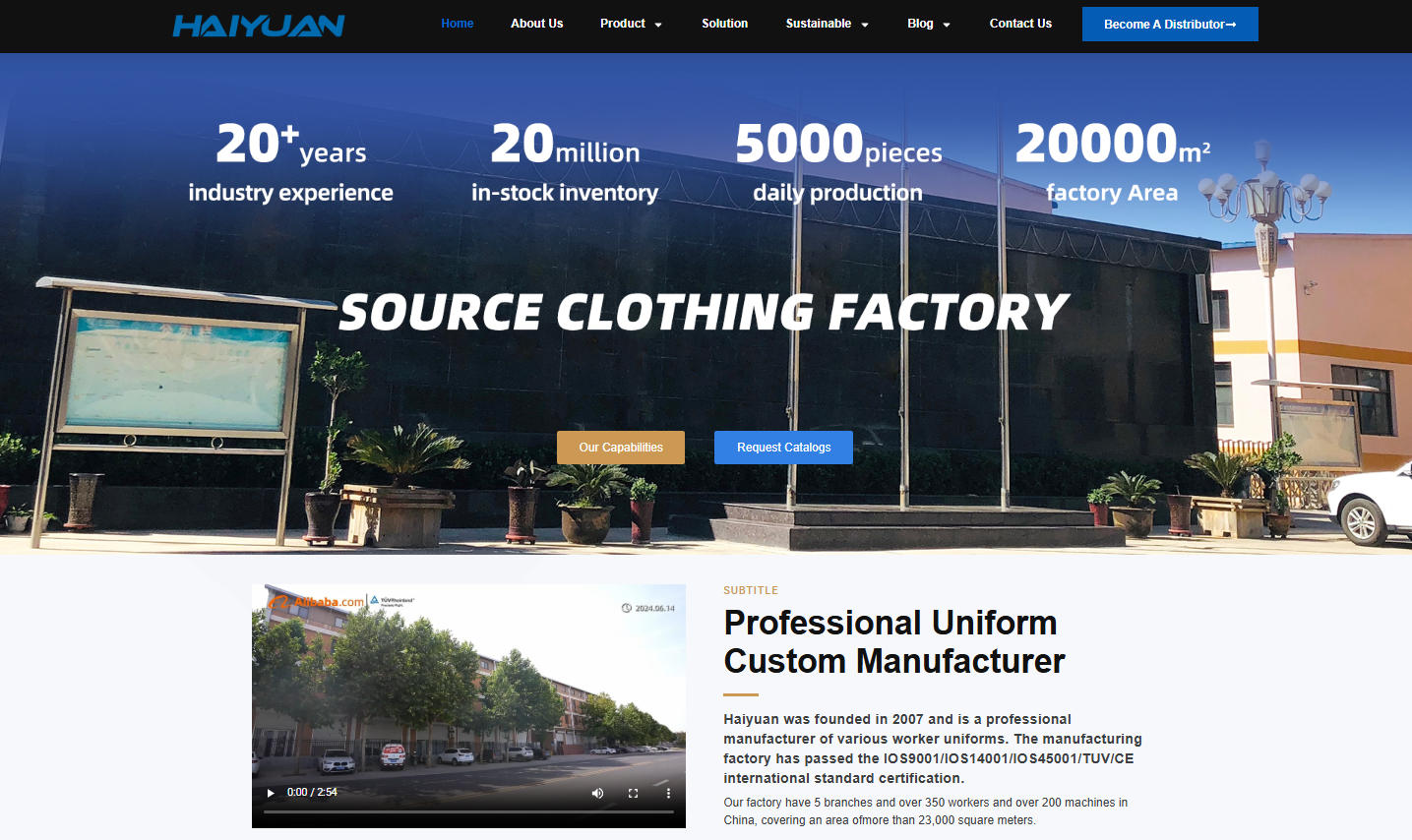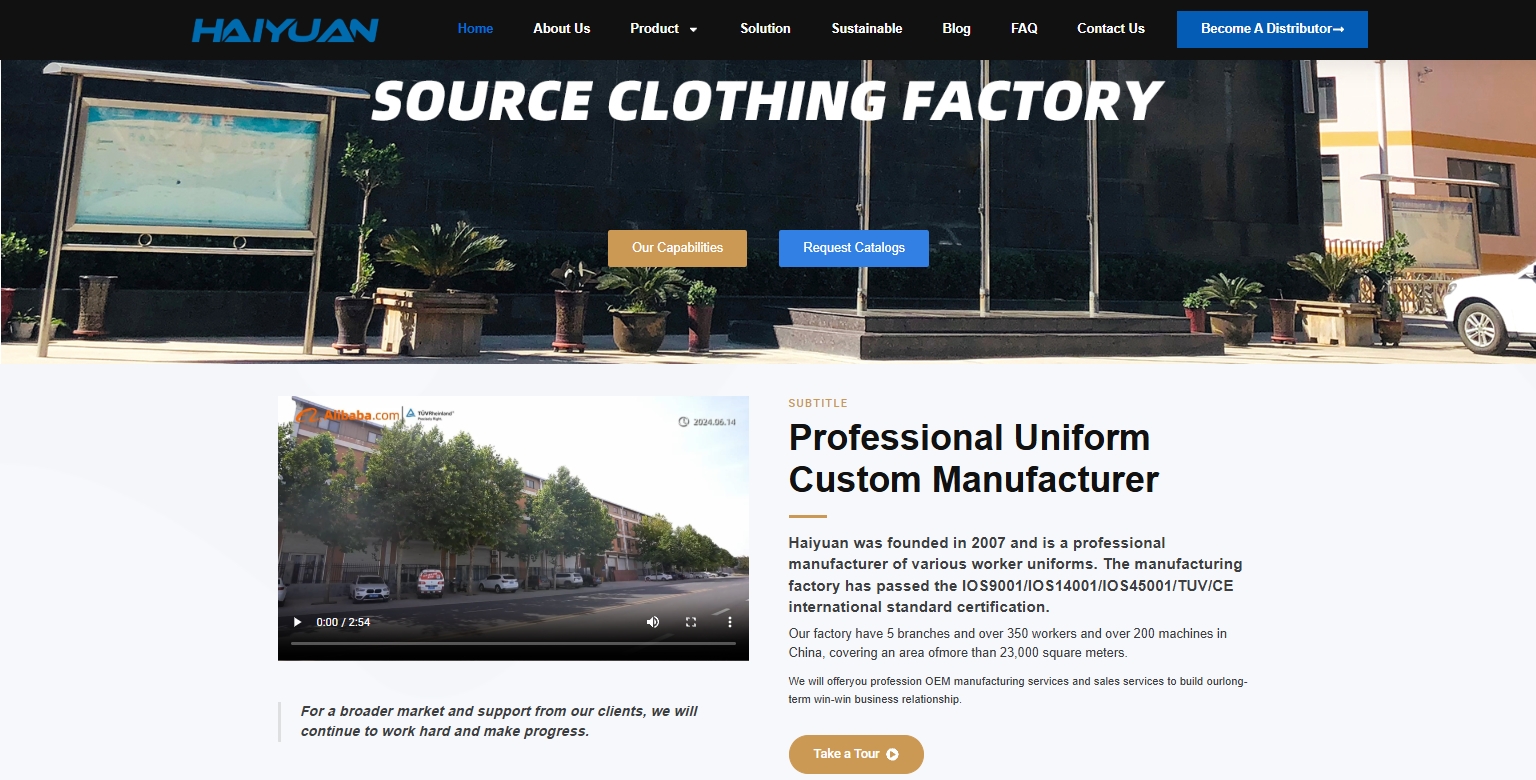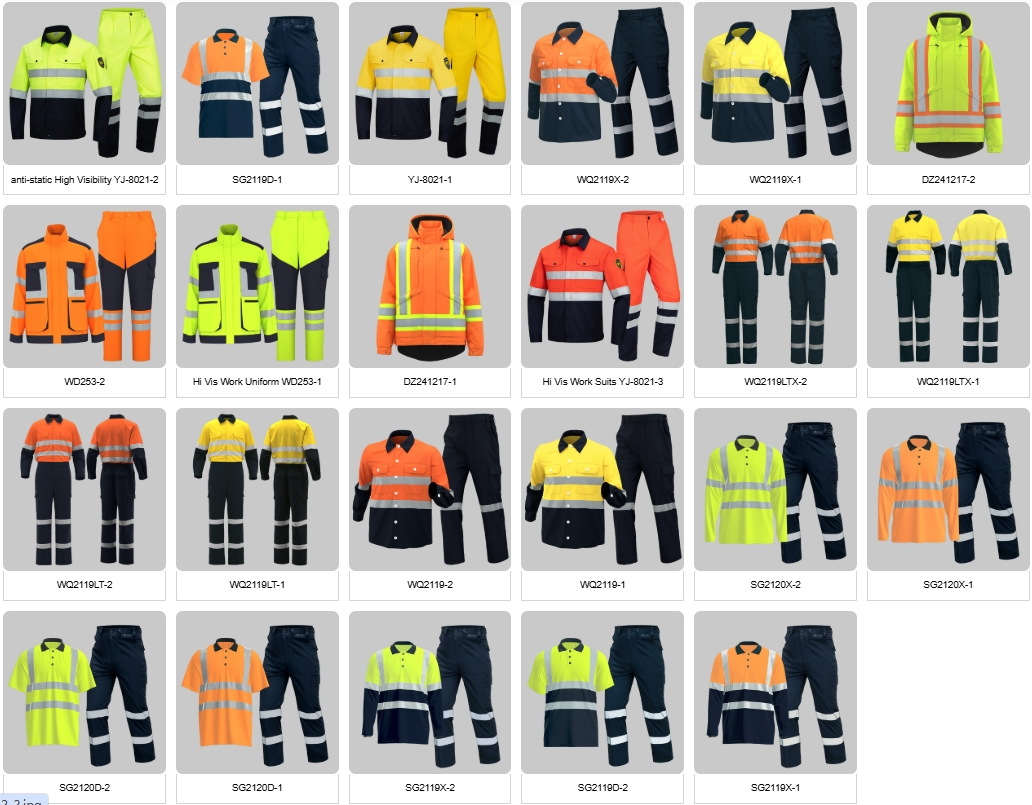Here is a detailed analysis of a Serbian company importing custom logo work uniforms from China, reflecting Serbia’s specific position as a key logistics hub in the Balkans that is not an EU member.
Executive Summary
For a Serbian company, this is a highly strategic and well-established supply chain model. Serbia’s strategic location, developed infrastructure, and free trade agreements make it a regional logistics and distribution hub. While not in the EU, its customs processes are generally efficient. The model leverages China’s cost-effective production for the Serbian industrial, hospitality, and corporate sectors, as well as for potential re-export.
The Import Process: Step-by-Step
Phase 1: Sourcing & Planning (in Serbia)
-
Define Requirements: The company finalizes uniform designs, fabric types (for continental climate), colors, and logo specifications (embroidery, printing).
-
Supplier Sourcing: This is primarily done online via B2B platforms like Alibaba.com or Made-in-China.com. Attending the Canton Fair is also an effective option.
-
Request for Quotation (RFQ): The company sends detailed specifications to multiple suppliers to compare pricing, MOQ (Minimum Order Quantity), and production timelines.
Phase 2: Negotiation & Production (with China)
-
Sample Approval: This is a critical and non-negotiable step. The Serbian company must request and approve a physical sample to check quality, fit, and logo application before mass production begins.
-
Contract Finalization: Both parties agree on the final price, payment terms (typically 30% deposit, 70% before shipment), and Incoterms. The most strategic terms are FOB (Chinese Port) or EXW (Chinese Factory), giving the Serbian buyer control over the main shipping leg.

-
Production & Quality Control: The factory begins mass production. The buyer should request production updates. For large orders, a pre-shipment inspection by a third-party agency is highly recommended.
Phase 3: Logistics & Import (The Key Phase for Serbia)
-
Logistics – A Balkan Hub:
-
Primary Route: China-Europe Railway + Truck. This is often the fastest and most efficient route. Goods travel by train from China to a hub in Hungary (e.g., Budapest) and are then trucked a short distance to Serbia. Transit time is 20-28 days.
-
Sea Freight: The most cost-effective for large, non-urgent orders. Goods are shipped from China to the Port of Rijeka (Croatia), Port of Koper (Slovenia), or Port of Piraeus (Greece). From there, they are transported by truck to Serbia. This route requires crossing a EU-Serbia border.
-
Air Freight: Very expensive and reserved for samples or extremely urgent, small orders.
-
-
Customs Clearance in Serbia:
-
As a non-EU country, Serbia has its own customs authority. However, it has a Stabilisation and Association Agreement (SAA) with the EU, which can offer preferential tariff rates for goods meeting origin rules.
-
Required Documents: Commercial Invoice, Packing List, Bill of Lading (Sea) or Rail Waybill, and a Certificate of Origin are essential.
-
Import Duties and Taxes: The company will need to pay import duties (which can be reduced under the SAA) and Value Added Tax (VAT) in Serbia (standard rate is 20%).
-
Customs Broker is Highly Recommended: Hiring a reliable Serbian customs broker is crucial for navigating the declaration process smoothly and ensuring compliance.
-
Key Advantages for a Serbian Company
-
Cost-Effectiveness: Significant production cost savings compared to local or European manufacturing.
-
Strategic Logistics Hub: Serbia’s central location and good road/rail links make it an ideal gateway for the Balkan region.
-
Free Trade Network: Serbia has free trade agreements with key regional markets, allowing for easy re-export of finished uniforms to neighboring countries.
-
Strong Industrial Base: Serbia’s robust automotive, manufacturing, and IT sectors create high demand for industrial and corporate workwear.
Challenges & Risk Mitigation
-
Border Delays (for Sea Freight):
-
Challenge: When using sea freight via Croatian or Slovenian ports, goods must cross an EU-Serbia border, which can sometimes cause delays.
-
Mitigation: Work with an experienced freight forwarder that specializes in this corridor. The China-Europe rail route often avoids this bottleneck.
-
-
Quality Control from Afar:
-
Challenge: The distance makes it difficult to verify quality in person.
-
Mitigation: Never skip the sample process. For significant orders, invest in a third-party inspection service in China.
-
-
Payment Security:
-
Challenge: Sending a deposit to an unknown supplier carries financial risk.
-
Mitigation: Use secure payment methods like Alibaba Trade Assurance or a Letter of Credit (L/C). Start with a smaller trial order to build trust.
-
-
Navigating Non-EU Customs:
-
Challenge: The customs process is different from the EU and requires specific expertise.
-
Mitigation: A trusted Serbian customs broker is your most important local partner.
-
Strategic Tips for Success
-
Leverage the China-Europe Railway: For a great balance of speed and cost, the rail route to Hungary followed by trucking is a key advantage for Serbian importers.
-
Partner with Local Experts: Your choice of a Serbian freight forwarder and customs broker is critical to a smooth process.
-
Build a Supplier Relationship: Invest in a long-term partnership with 1-2 proven Chinese factories for better pricing and service.
-
Calculate the Total Landed Cost: Factor in the product price, shipping, insurance, and all import taxes and fees to understand your true cost per uniform in Serbia.
-
Explore Re-export Potential: Consider using Serbia’s free trade agreements to act as a regional distributor.
Conclusion
For a Serbian company, importing custom work uniforms in China is a highly strategic, efficient, and profitable business model. Serbia’s role as a key Balkan logistics and distribution hub, combined with direct rail links to China, provides a significant competitive advantage.
By combining China’s manufacturing power with Serbia’s strategic location and free trade network, a company can reliably supply the domestic market and potentially the wider region with high-quality, customized workwear at a competitive price. Success hinges on diligent supplier vetting, rigorous quality control, and partnering with expert logistics and customs professionals within Serbia.
For some insightful reads, we’ve curated a list of recommended articles just for you:
- How do I find a product manufacturer in China?
- How to find cheap manufacturers in China? A guide to avoid pitfalls
- How to complete your first purchase of workwear in China safely and efficiently
- Custom uniforms for Small business
- Choosing the Best Industrial Work Suit
- Ultimate Guide: Best Wholesale Work Clothes in China
- Cut & Sew Customization
- Logo Customize Clonthing Manufacturer
- Labour Uniform manufacturer
- Labor clothing uniform for sale
- Working clothes china wholesale
Can’t find what you’re looking for? Feel free to contact us. We’re here to help 24/7.
Useful links:





